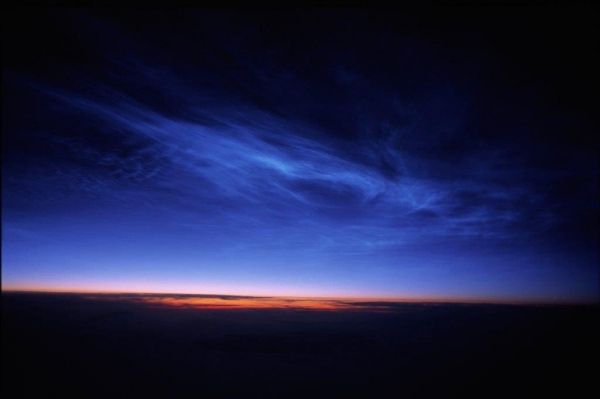Those wispy, iridescent, high-altitude clouds sometimes seen at dawn and dusk are becoming more visible due to climate change, according to a new study published in the journal Geophysical Research Letters. Rising methane emissions have increased the amount of water vapor in the middle atmosphere, the study found, which then freezes around specks of dust to form the clouds.
Humans first observed night-shining, or noctilucent, clouds in 1885, following the eruption of Indonesia’s Krakatoa volcano, according to the American Geophysical Union. The clouds became an increasingly common sight during the 20th century, from being visible once every several decades to being observed several times each summer by people living in mid- to high-latitude regions. Scientists first began debating in the 1990s whether climate change was responsible for the increased visibility.
Read more at Yale Environment 360
Image: Noctilucent clouds form only in the summertime and are only visible at dawn and dusk. CREDIT: NASA


